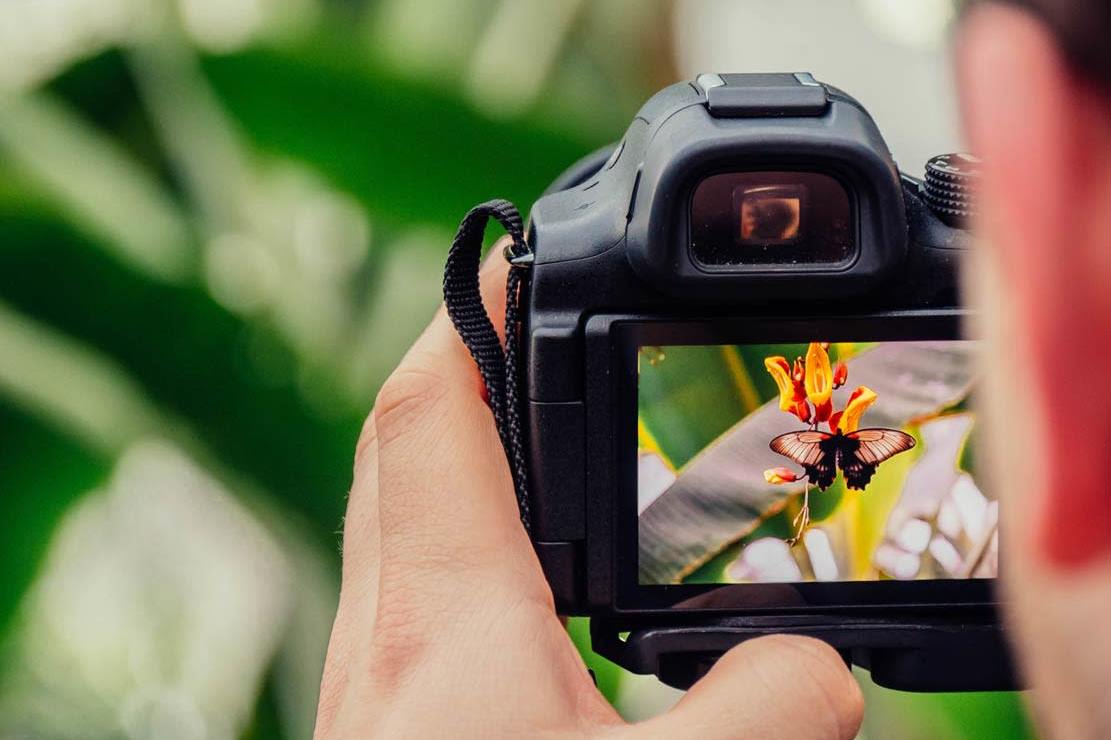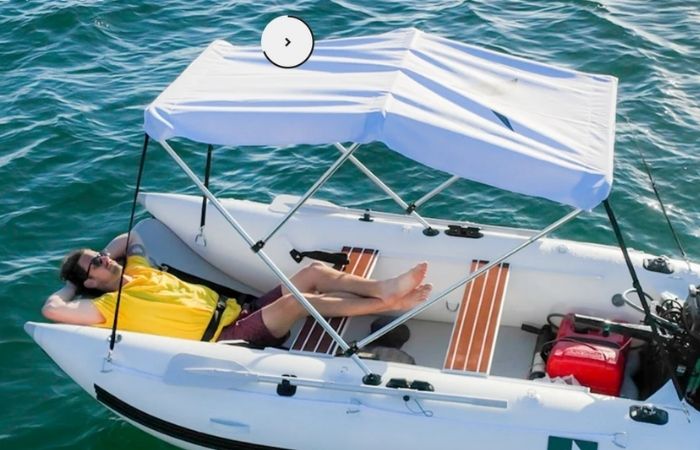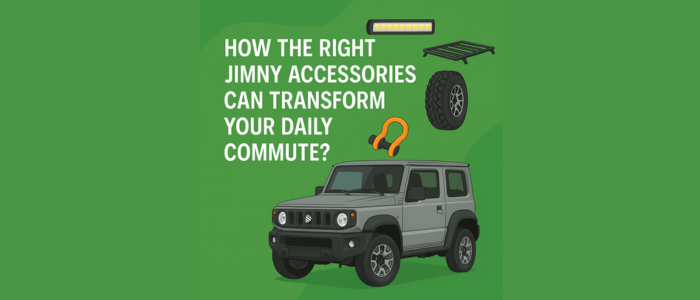Do you want to join the world of highly artistic photography, but doubt whether you will use the camera at all after purchase? Or have you decided to save more money for a cool lens? Then just look at these best DSLR camera under 40000.
Nikon D3300
Sensor: 24.2 MP, APS-C CMOS
Max. frames per second: 5 FPS
One of the really good cameras in this segment is the Nikon D3300. It weighs only a little over 400 grams, so it will not scare away a beginner’s hand that is not trained. Its APS-C sensor has 24.2 MP, which may seem a bit too much for such a matrix, but the camera shoots pretty well up to ISO 12800 – which is a good indicator. And 5 frames per second burst is good too. Of the minuses – the screen does not rotate in any way and is not sensitive to touch. Nikon D3300 can be connected via Wi-Fi to a phone or computer, but for this, you have to purchase a separate module.
Nikon D3400
Sensor: 24.2 MP, APS-C CMOS
Max. frames per second: 5 FPS
The appearance of the Nikon D3400 on the market should have made the previous model, the Nikon D3300, fall in price. But, as you can see, the price for the new and the “old fashioned” is almost the same. So, why is the D3400 better? The biggest difference is battery life. Whereas for Nikon D3300 this figure averages 700 shots according to the manufacturer, for Nikon D3400 – 1200. Almost twice as good. The new model also did not receive Wi-Fi in the kit, but it did have SnapBridge technology, with which (namely via Bluetooth) the camera automatically transfers pictures to the smartphone. For journalists, bloggers, and simply for fans of Instagram Stories, this is just the right thing. The rest of the characteristics have hardly changed.
Canon EOS 700D
Sensor: 18 MP, APS-C CMOS
Max. frames per second: 5 FPS
The Canon EOS 700D is far from a new model in this line, but that’s why it’s affordable, while the 800D will cost you almost double the price. But back to the Canon EOS 700D: this camera has an 18-megapixel APS-C sensor and 5 frames per second continuous shooting. Unlike the aforementioned Nikon models, this camera has a convenient swivel screen and touch screen – both are not superfluous. Despite the fact that the autofocus of the new model is faster than its predecessor, it is still a little slow for fast-moving subjects.
Canon EOS 100D
Sensor: 18 MP, APS-C CMOS
Max. frames per second: 4 FPS
The low price of Canon EOS 100D is again justified by the fact that the model has been on the market for several years. But it can boast of compactness, at least among DSLRs: the EOS 100D is about 25% smaller than the Canon EOS 700D. However, the optical viewfinder remains in place, so you won’t be confined to the LCD screen like some system cameras do. True, the display of the camera is not rotatable, but at least a touchscreen. Also, despite its compact size, Canon EOS 100D has an EF-S mount, that is, it supports all “adult” Canon lenses. This means that when in a few years you want to buy a more serious Canon DSLR, you can use the same lenses with it that you bought for the Canon EOS 100D.
Canon EOS 1300D
Sensor: 18 MP, APS-C CMOS
Max. frames per second: 4 FPS
The Canon EOS 1300D is already a much more recent model, and also the cheapest one on our list. However, it already has modern features like Wi-Fi and even NFC to create a quick connection with a smartphone. But much is lacking. For example, the touch screen and the ability to rotate it, which would make working with the camera in difficult conditions much more convenient. She is also not too quick in serial shooting and cannot boast of a cool matrix, but she has three important advantages: it is very inexpensive, it still takes photos and videos better than a smartphone, and, finally, just gives the beginner a good idea of what is a DSLR camera.




